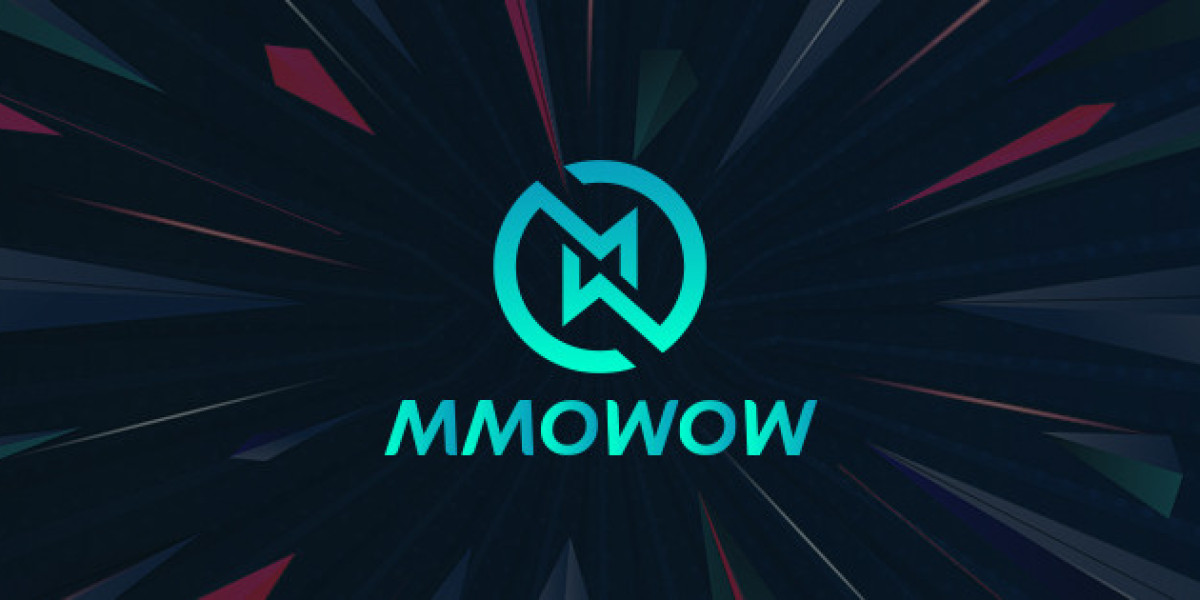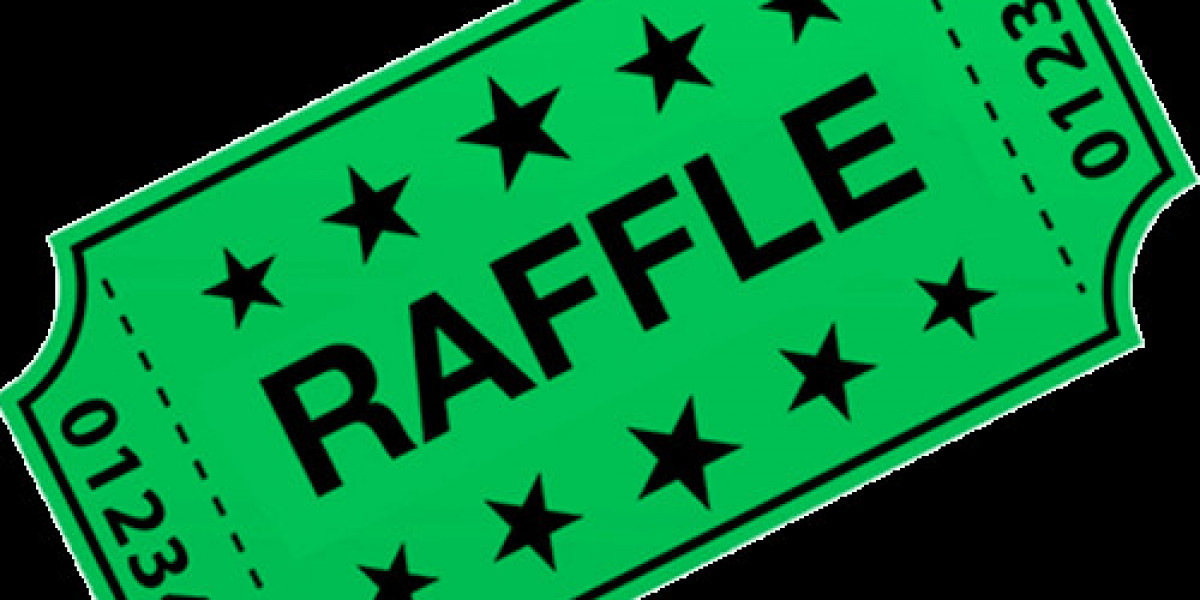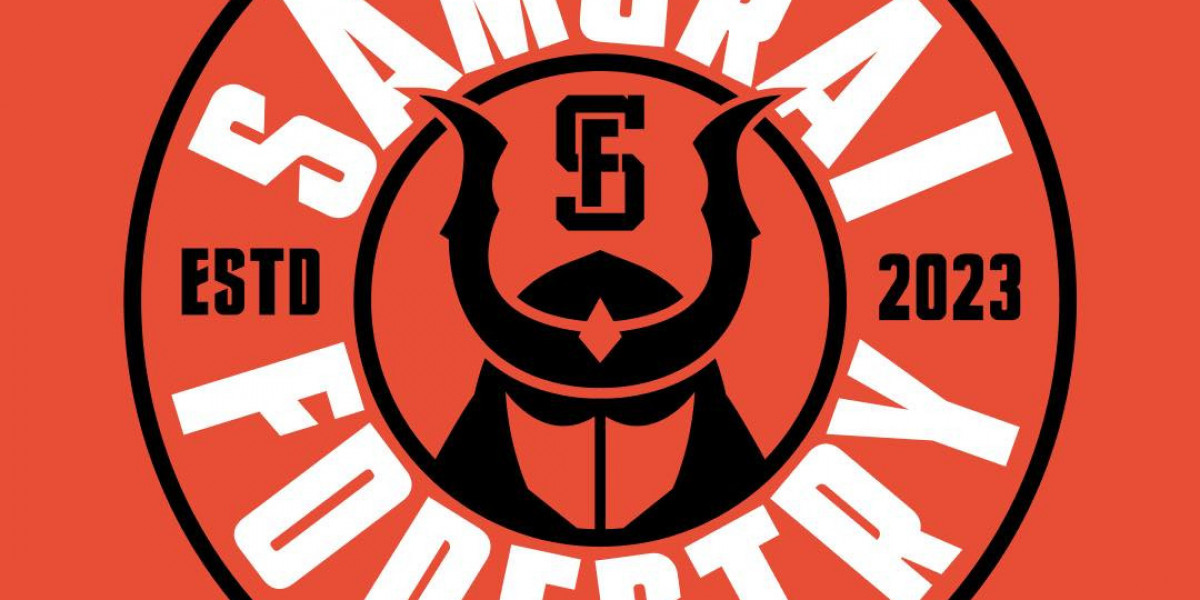Pay to Win or Play for Free? A Business Model Breakdown of Monopoly GO!
Monopoly GO! has taken the mobile gaming world by storm—not just because of its vibrant animations or nostalgic theme, but also because of its addictive progression system. At its core, it’s a game that balances between two kinds of players: the “free-to-play” grinders and the “pay-to-progress” spenders. So how exactly does Monopoly GO! make money, and what makes its monetization model so effective (and occasionally controversial)? Let’s break it down.
Unlike the traditional Monopoly board game, where a one-time purchase bought you years of gameplay, Monopoly GO! is free to download and start playing. That accessibility is a major factor in its global success. However, once you step into its colorful cities and start building landmarks, you quickly realize: progress comes at a cost—time, patience, or real money.
The Free-to-Play Path
For players who prefer not to spend, the game still offers a generous stream of dice through daily log-ins, events, sticker album rewards, and friends’ gifts. Free players can make steady progress, especially if they log in regularly and participate in timed events. Strategic use of saved dice, choosing when to roll big multipliers, and collaborating with friends for sticker trades can go a long way.
But the free route is slow, and sometimes frustrating. One bad streak of dice rolls can undo hours of effort. And without enough dice, completing limited-time events or finishing sticker sets can feel almost impossible—especially when rare or gold stickers become the bottleneck.
The Paid Path: The Appeal of Microtransactions
Enter the in-game store. For a few dollars, players can buy dice packs, sticker bundles, or event boosts. These microtransactions offer instant gratification: more dice means more rolls, more money, and faster city upgrades. Limited-time sales and “bonus value” packs further entice players to spend, especially during high-reward events or near the end of a sticker album season.
The game also cleverly uses loss aversion—that psychological pain of missing out—to encourage spending. For example, when you’re just a few dice away from completing an event milestone or finishing a sticker set, the pressure to buy “just a few more” can be very compelling.
Social Mechanics that Support Both Models
What makes Monopoly GO! different from many other mobile games is its strong social component. Free and paying players can coexist—and even help each other. Sending stickers, sharing links, joining friend leaderboards—all of these create a community feel that softens the impact of its monetization model.
However, it’s clear that paying players enjoy distinct advantages. They progress faster, win better prizes, and complete sticker albums more easily. This introduces a subtle but real “pay-to-win” element, especially when competing in timed global events.
A Smart, Flexible Monetization Strategy
Ultimately, Monopoly GO!'s business model succeeds because it doesn’t force spending—it tempts it. Players can enjoy the game without spending a cent, but the design nudges them toward making small purchases, often at just the right emotional moment. It’s a balance of accessibility and monetization that keeps millions of players engaged daily—and keeps the developers’ revenue stream flowing.
Whether you’re a dedicated free-to-play user or an occasional spender chasing that last gold sticker, the game offers something for everyone.
Looking to speed up your progress without overspending? Visit mmowow now to buy Monopoly GO dice at great value and keep your empire growing strong!


![VID 500-701 Free Exam Dumps – Real Cisco Questions, Valid PDF Answers & Practice Test [2025]](https://dostaapkaspace.sgp1.digitaloceanspaces.com/upload/photos/2025/07/vPdkvLElXdtfTijbf8Gp_09_3c4eebf2ad5ef9589412c04ff6cbb401_image.jpg)
